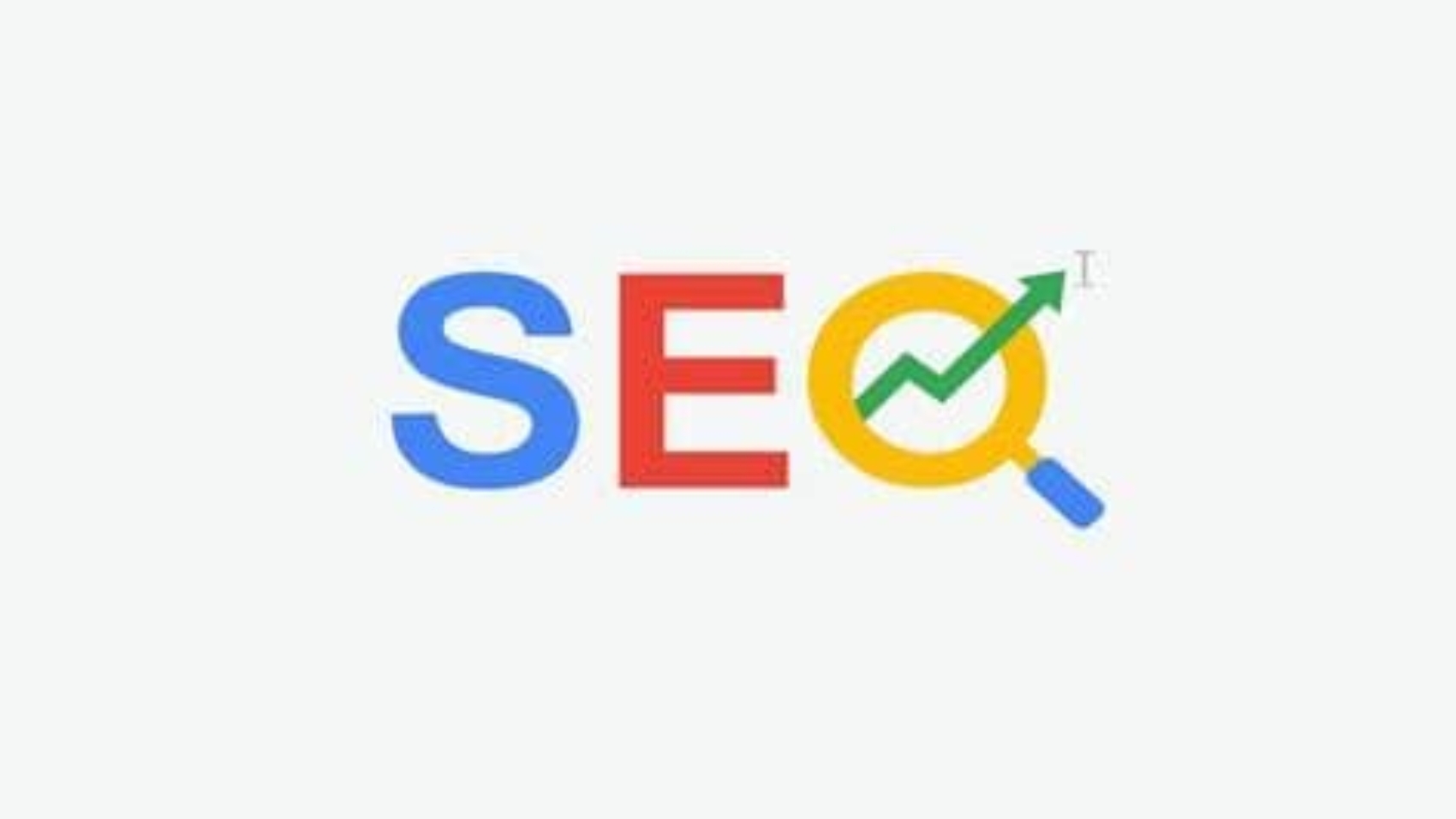In today’s digital age, businesses must adapt to the ever-changing landscape to remain competitive. Digital marketing offers a wealth of opportunities to reach, engage, and convert your target audience. Embracing digital marketing can transform your business, driving growth, and increasing revenue.
Benefits of Digital Marketing:
1. Increased Online Visibility: Expand your reach beyond traditional marketing methods.
2. Targeted Advertising: Reach your ideal audience with precision.
3. Cost-Effective: Reduce marketing costs compared to traditional methods.
4. Measurable Results: Track ROI and adjust strategies accordingly.
5. Flexibility and Adaptability: Quickly respond to market changes.
6. Competitive Advantage: Stay ahead of competitors.
7. Improved Customer Engagement: Interact with customers 24/7.
8. Enhanced Brand Credibility: Establish authority in your industry.
Key Digital Marketing Channels:
1. Search Engine Optimization (SEO): Optimize your website for search engines.
Strategies:
– Keyword research and optimization
– On-page optimization (meta tags, titles, descriptions)
– Technical SEO (site speed, mobile-friendliness, XML sitemaps)
– Link building and local SEO
– Content creation and marketing
2. Pay-Per-Click (PPC) Advertising: Targeted ads on search engines and social media.
Objective: Drive targeted traffic and generate leads/sales.
Strategies:
– Keyword research and ad copywriting
– Campaign setup and targeting (location, language, interests)
– Bid management and budget optimization
– Ad extensions (site links, callouts, reviews)
– Conversion tracking and optimization
3. Social Media Marketing: Engage with customers on platforms like Facebook, Twitter, and Instagram.
Objective: Build brand awareness, drive website traffic, and generate leads/sales.
Strategies:
– Profile setup and optimization
– Content creation (posts, stories, reels, videos)
– Paid social media advertising (Facebook, Instagram, LinkedIn)
– Influencer partnerships and sponsored content
– Engagement and community management
4. Content Marketing: Create valuable content to attract and retain customers.
Objective: Build trust, establish authority, and drive conversions.
Strategies:
– Blogging and article writing
– Video marketing (YouTube, Vimeo)
– Podcasting and audio content
– Infographics and visual content
– E-books, whitepapers, and downloadable resources
5. Email Marketing: Nurture customer relationships through targeted campaigns.
Objective: Nurture leads, drive conversions, and build customer loyalty.
Strategies:
– List building and segmentation
– Email campaign creation and automation
– Personalization and optimization
– Subject line and copywriting best practices
– Tracking and analytics
6. Influencer Marketing: Partner with influencers to reach new audiences.
Objective: Reach new audiences and build credibility.
Strategies:
– Influencer research and selection
– Partnership and sponsorship opportunities
– Content collaboration and creation
– Campaign tracking and measurement
– Relationship building and management
7. Video Marketing: Leverage video content to engage and convert.
Objective: Engage audiences, build brand awareness, and drive conversions.
Strategies:
– Video production and editing
– YouTube optimization and advertising
– Social media video content
– Live streaming and webinars
– Video analytics and tracking
These digital marketing channels can help you reach your target audience, drive business growth, and establish a strong online presence.
Measuring Success with Digital Marketing:
1. Website Analytics: Track website traffic, engagement, and conversions.
2. Conversion Rate Optimization: Enhance user experience to boost conversions.
3. Return on Investment (ROI) Analysis: Evaluate campaign effectiveness.
4. Social Media Metrics: Monitor engagement, reach, and sentiment.
Getting Started with Digital Marketing:
1. Define Your Target Audience: Identify demographics, interests, and behaviors.
2. Set Clear Goals: Establish specific, measurable objectives.
3. Develop a Digital Strategy: Choose channels and tactics.
4. Create Engaging Content: Develop content that resonates with your audience.
5. Monitor and Optimize: Continuously evaluate and improve performance.
Statistics:
1. 85% of customers search online before making a purchase (Google).
2. Digital marketing spend is projected to reach $646 billion by 2024 (Statista).
3. Businesses using digital marketing see an average 2.5x increase in revenue growth (HubSpot).
By embracing digital marketing, businesses can unlock new opportunities, drive growth, and establish a strong online presence.






